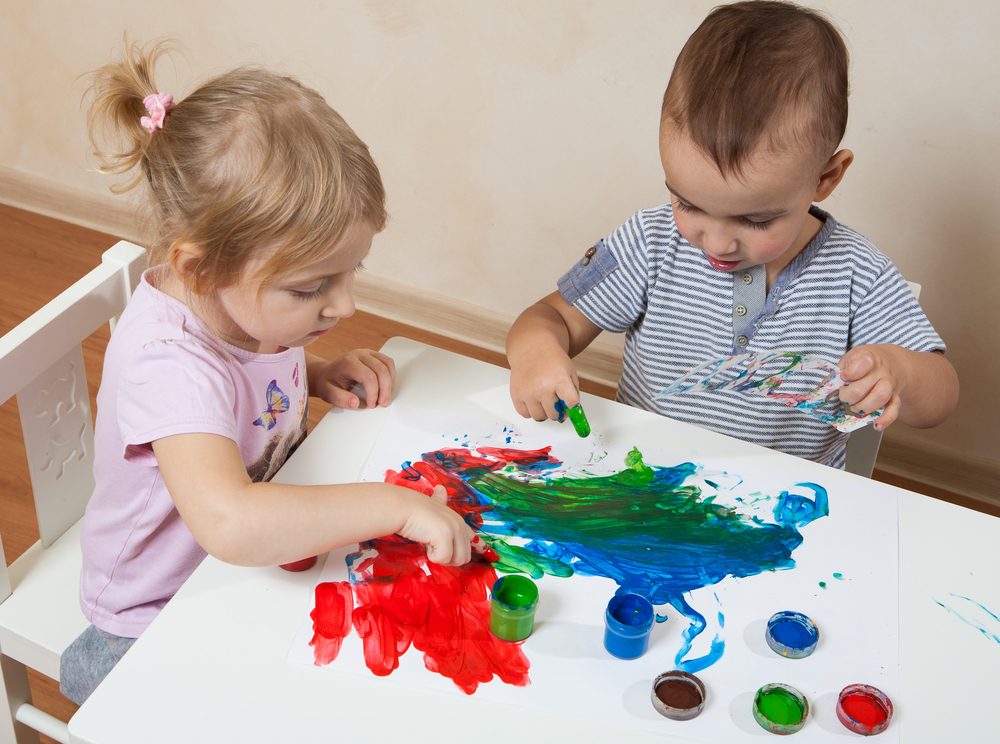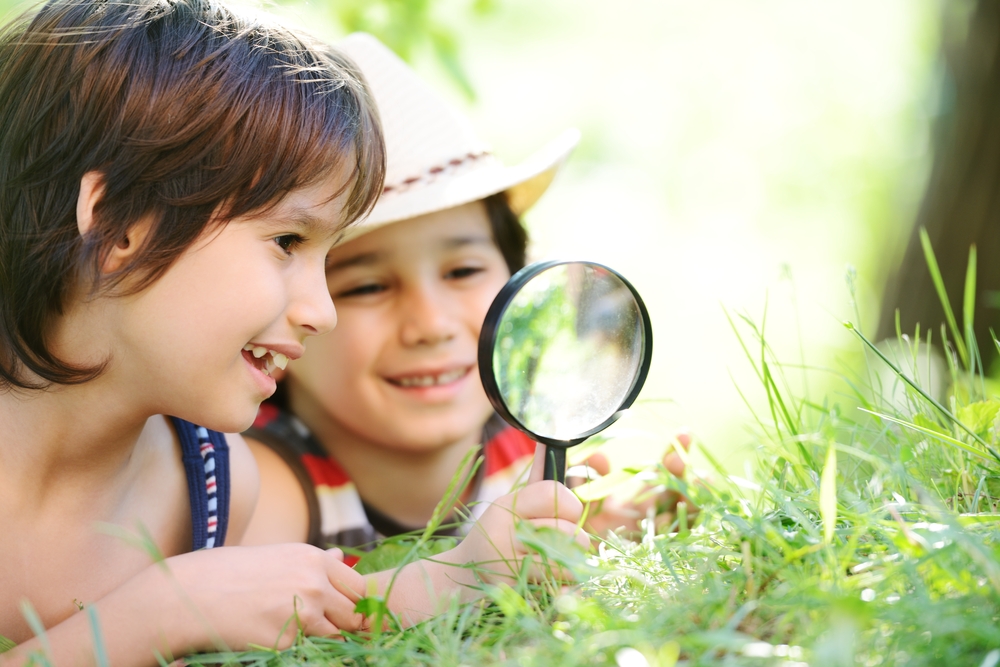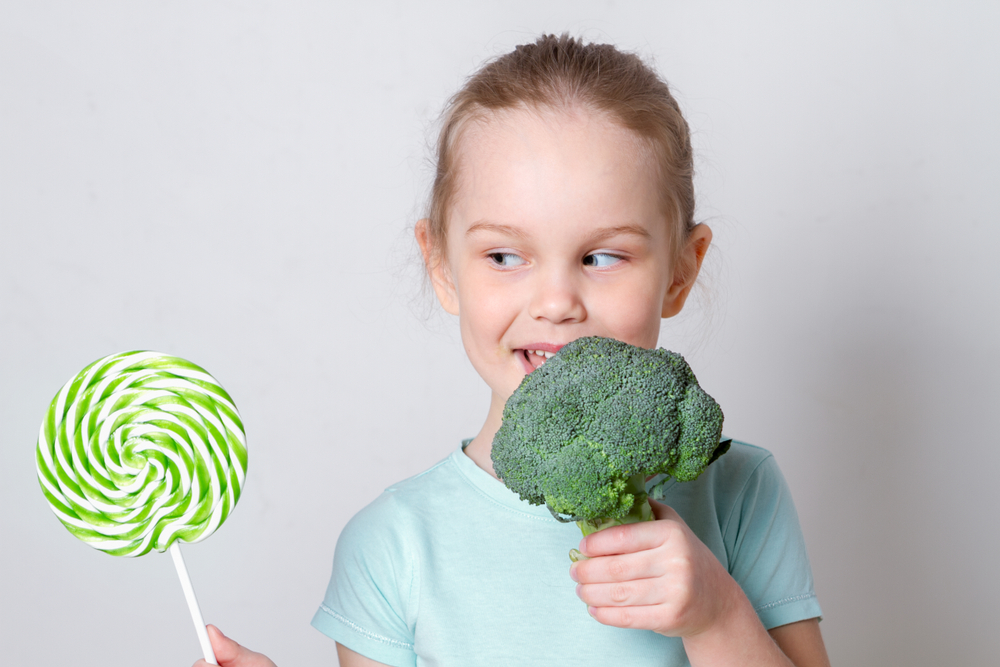Improving observation Worksheets for Ages 4-8
3 filtered results
-
From - To
Enhance your child’s attention to detail with our fun and engaging observation worksheets for ages 4-8. Perfectly tailored to develop critical learning skills, these worksheets help young learners sharpen their focus and notice subtle differences in their surroundings. Each activity is designed to improve cognitive development, concentration, and visual discrimination through interactive puzzles and captivating images. From matching pairs to spotting differences, our worksheets provide a plethora of challenges that make learning both enjoyable and effective. Give your child a head start in school readiness and daily life skills with our expertly crafted observation resources. Download now and watch their skills flourish!
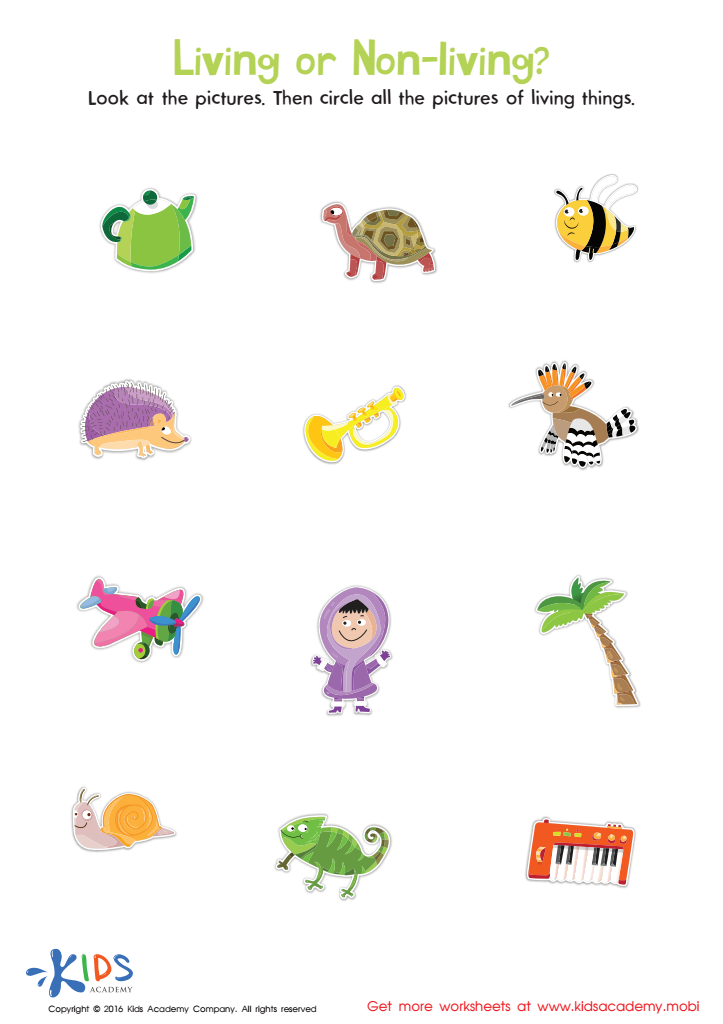

Identifying Living and Non–living Things Sorting Worksheet
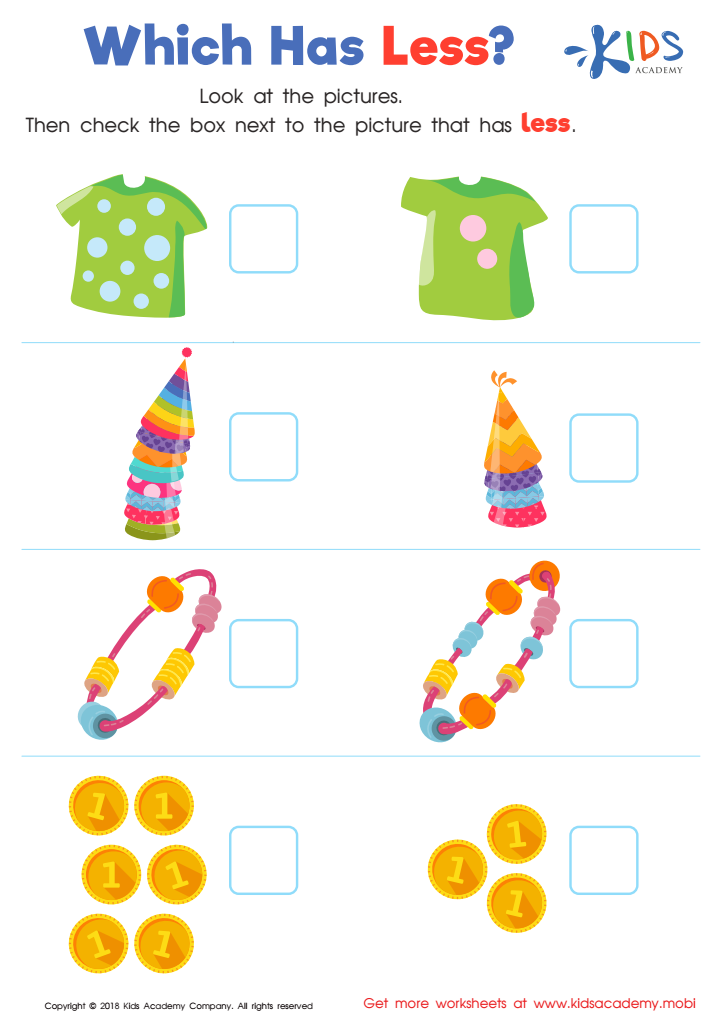

Which Has Less? Worksheet
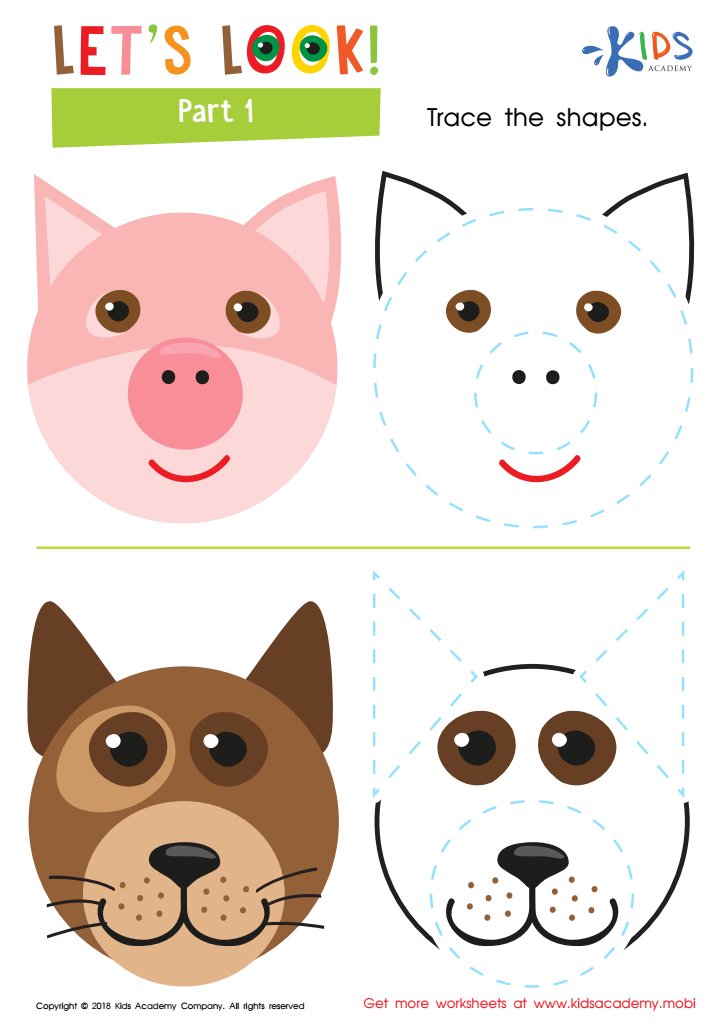

Let's Look! Part 1 Worksheet
Improving observation skills in children aged 4-8 is crucial as it plants the seeds for lifelong learning and cognitive development. At this critical developmental stage, children's brains are incredibly receptive and malleable, often referred to as the "sensitive period." Enhancing their observation abilities helps sharpen their focus, attention to detail, and critical thinking skills, laying a strong foundation for future academic success.
For parents and teachers, fostering observational skills can significantly enhance communication and behavioral understanding. When children keenly observe their surroundings, they become more situationally aware, understanding social cues, and responding appropriately in social interactions. This awareness can lead to better relationships with peers and adults, reducing emotional and social challenges.
More importantly, good observation is the bedrock of scientific inquiry and creativity. Whether they're engaging in a science experiment, reading a story, or solving a puzzle, children who are observant are more likely to notice patterns, ask insightful questions, and develop innovative solutions. This curiosity-driven mindset encourages a love for learning, boosts confidence, and enhances academic performance across various subjects.
In summary, investing time in improving observation skills for young children ensures they grow into attentive, inquisitive, and capable learners, prepared for the complexities of life and academics. Parents and teachers play a pivotal role in nurturing these crucial skills.
 Assign to My Students
Assign to My Students



